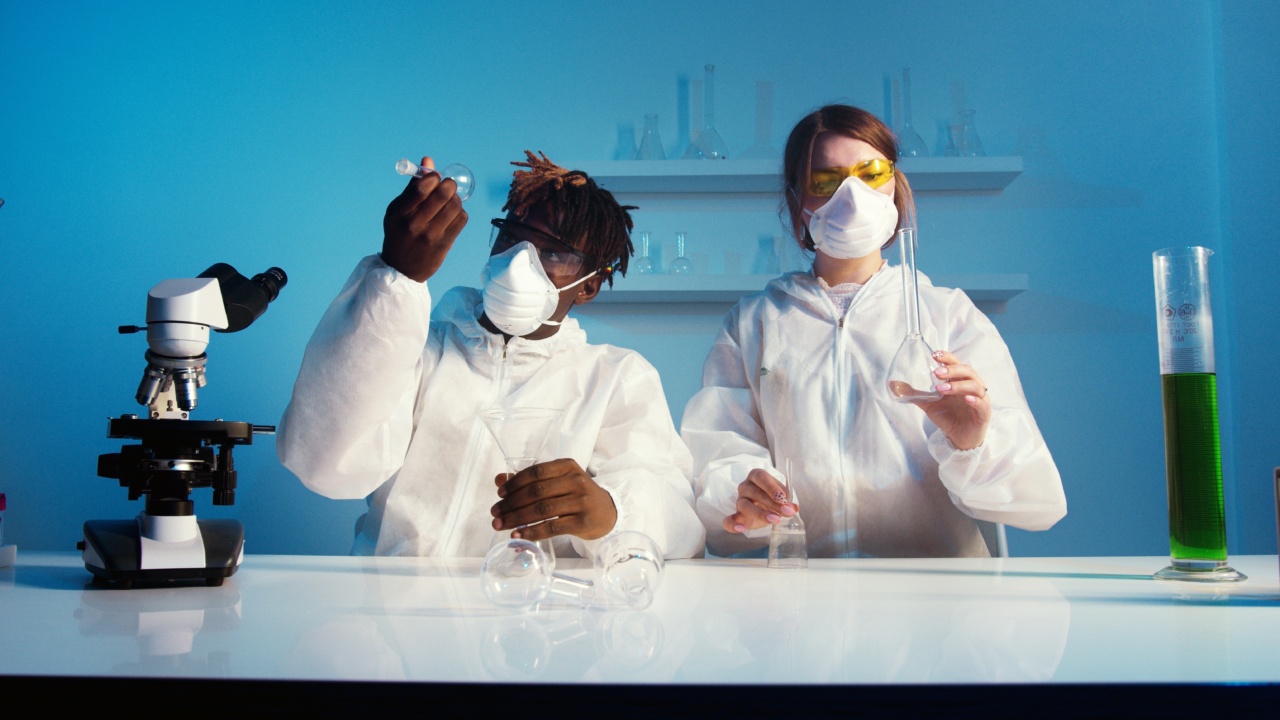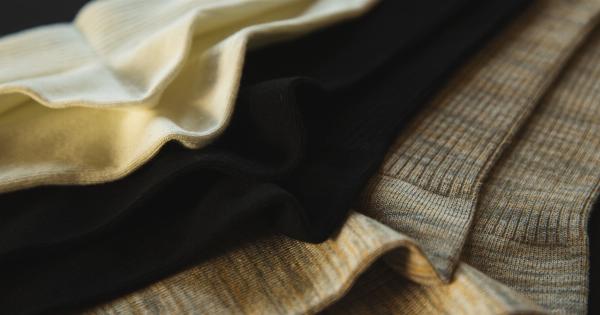Did you know that there is a whole ecosystem of tiny living creatures living on your face? It might sound gross, but it is completely normal and even essential for healthy skin! These tiny creatures, collectively referred to as the skin microbiome, play many important roles in protecting your skin and keeping it healthy.
What is the skin microbiome?
The skin microbiome consists of all the microorganisms that live on and within our skin. These microorganisms include bacteria, fungi, viruses, and even tiny mites called demodex.
While the idea of tiny creatures living on our skin might make some people feel uncomfortable, the truth is that the skin microbiome is an integral part of our overall health.
Just like the gut microbiome – the collection of microorganisms that live in our digestive tract – the skin microbiome plays a critical role in helping to keep our bodies healthy.
Why is the skin microbiome important?
The skin microbiome plays many important roles in protecting our skin and keeping it healthy. Here are just a few of the many ways that the skin microbiome benefits us:.
1. Protecting the skin
One of the primary functions of the skin microbiome is to protect our skin from harmful microorganisms.
When the skin microbiome is in balance, it forms a protective barrier that helps to prevent harmful bacteria and fungi from taking hold and causing infections or other issues.
2. Maintaining skin hydration.
The skin microbiome also plays a critical role in maintaining skin hydration. Certain strains of bacteria produce substances that help to keep the skin moisturized, which is essential for healthy, glowing skin.
3. Regulating skin pH.
The pH of our skin is important for its overall health and appearance. The skin microbiome helps to maintain the skin’s natural pH balance, which helps to prevent irritation and other skin issues.
4. Supporting the immune system.
The skin is one of our first lines of defense against harmful pathogens. The skin microbiome works together with our immune system to help identify and neutralize any potential threats before they can cause harm.
What types of microorganisms are found on the skin?
As mentioned earlier, the skin microbiome is made up of a wide range of microorganisms, including bacteria, fungi, viruses, and mites. Here are a few of the most common types of microorganisms that can be found on your skin:.
Bacteria
There are many different species of bacteria that can be found on the skin. Some of the most common bacterial strains found on our skin include:.
Staphylococcus: This type of bacteria is commonly found on human skin and can cause infections if it enters the body through a cut or other opening in the skin.
Propionibacterium: This type of bacteria lives in our hair follicles and helps to prevent acne and other skin issues.
Streptococcus: This type of bacteria can cause skin infections, as well as strep throat and other illnesses.
Fungi
Fungi are another type of microorganism commonly found on the skin. Some of the most common fungal strains found on the skin include:.
Malassezia: This type of fungus is commonly found on the scalp and can contribute to conditions like dandruff and seborrheic dermatitis.
Candida: This type of fungus is commonly found in warm, moist areas of the body, like the groin and underarms, and can cause infections like yeast infections and jock itch.
Viruses
Viruses can also be found on the skin. While there are many different types of viruses that can infect us, some of the most common viruses found on the skin include:.
Human papillomavirus (HPV): This virus can cause warts to form on the skin.
Herpes simplex: This virus can cause cold sores and other lesions to form on the skin.
Demodex mites
Finally, there are also tiny mites called Demodex that can be found on the skin. These mites are completely harmless and feed on dead skin cells and other debris on the skin’s surface.
The benefits of supporting a healthy skin microbiome
Now that we’ve discussed the skin microbiome and its important role in our health, what can we do to support a healthy skin microbiome? Here are a few tips:.
Eat a healthy diet
Eating a healthy diet that is rich in fruits, vegetables, and other nutrient-dense foods can help to support a healthy skin microbiome.
These foods provide the vitamins and minerals that the skin needs to stay healthy and can also help to support the growth of beneficial microorganisms on the skin.
Use gentle skincare products
Harsh soaps and other skincare products can disrupt the natural balance of the skin microbiome. Instead, try to use gentle, non-irritating products that are formulated specifically for your skin type.
Avoid overwashing
Overwashing the skin can strip away the natural oils and other substances that the skin microbiome needs to thrive. Try to limit showering or bathing to once a day, and avoid using hot water or harsh soaps.
Conclusion
The skin microbiome is a fascinating and complex ecosystem that plays many important roles in protecting our skin and keeping it healthy.
By being mindful of our diet, skincare routine, and hygiene practices, we can support a healthy skin microbiome and enjoy the benefits of healthy, glowing skin.






























